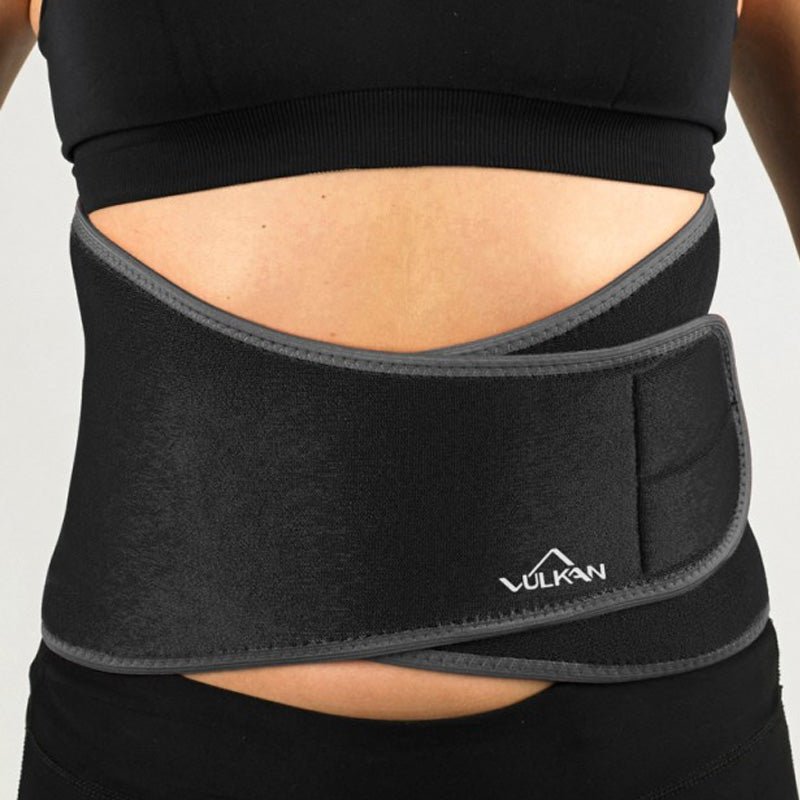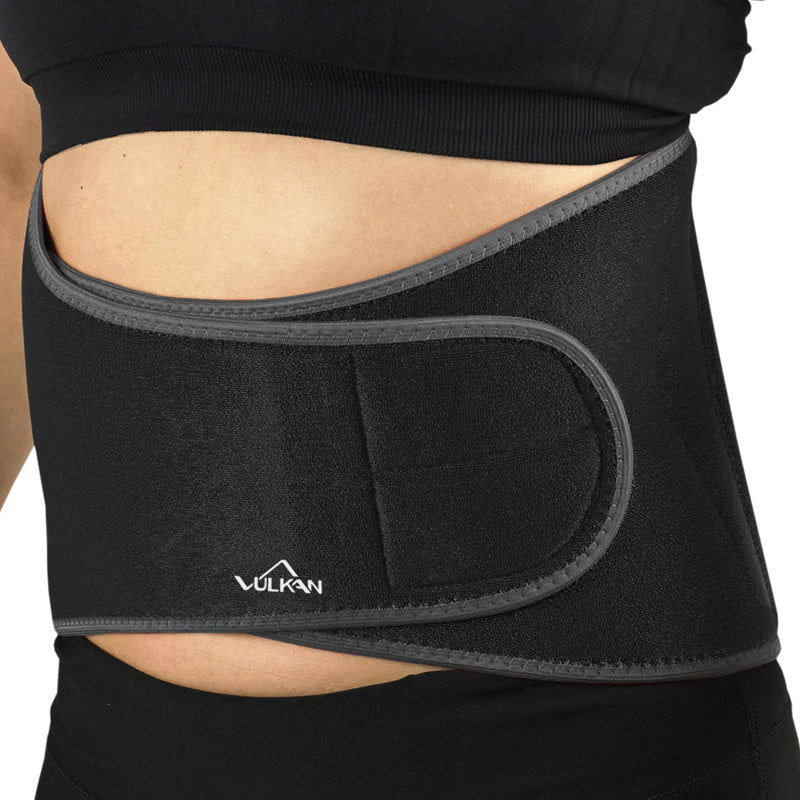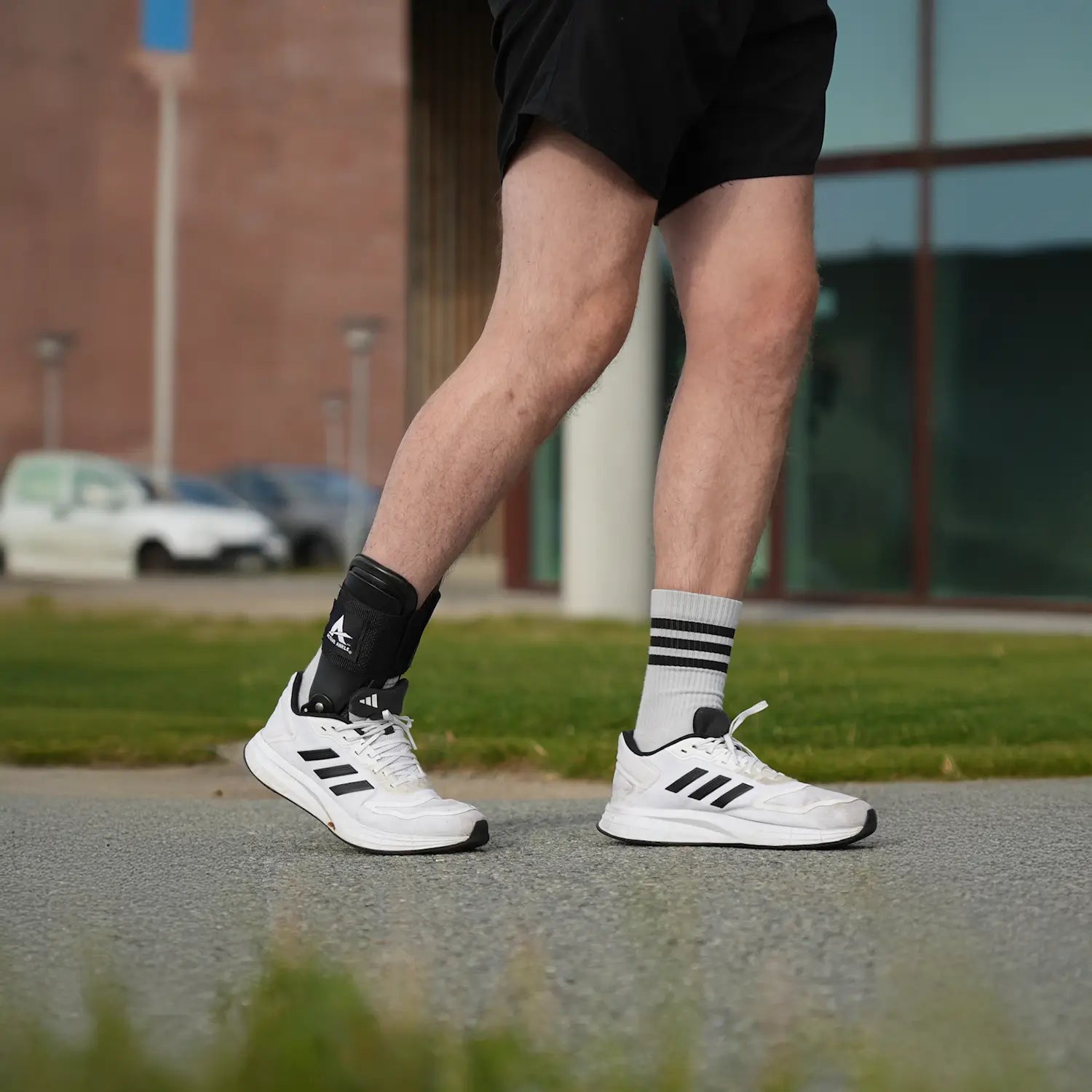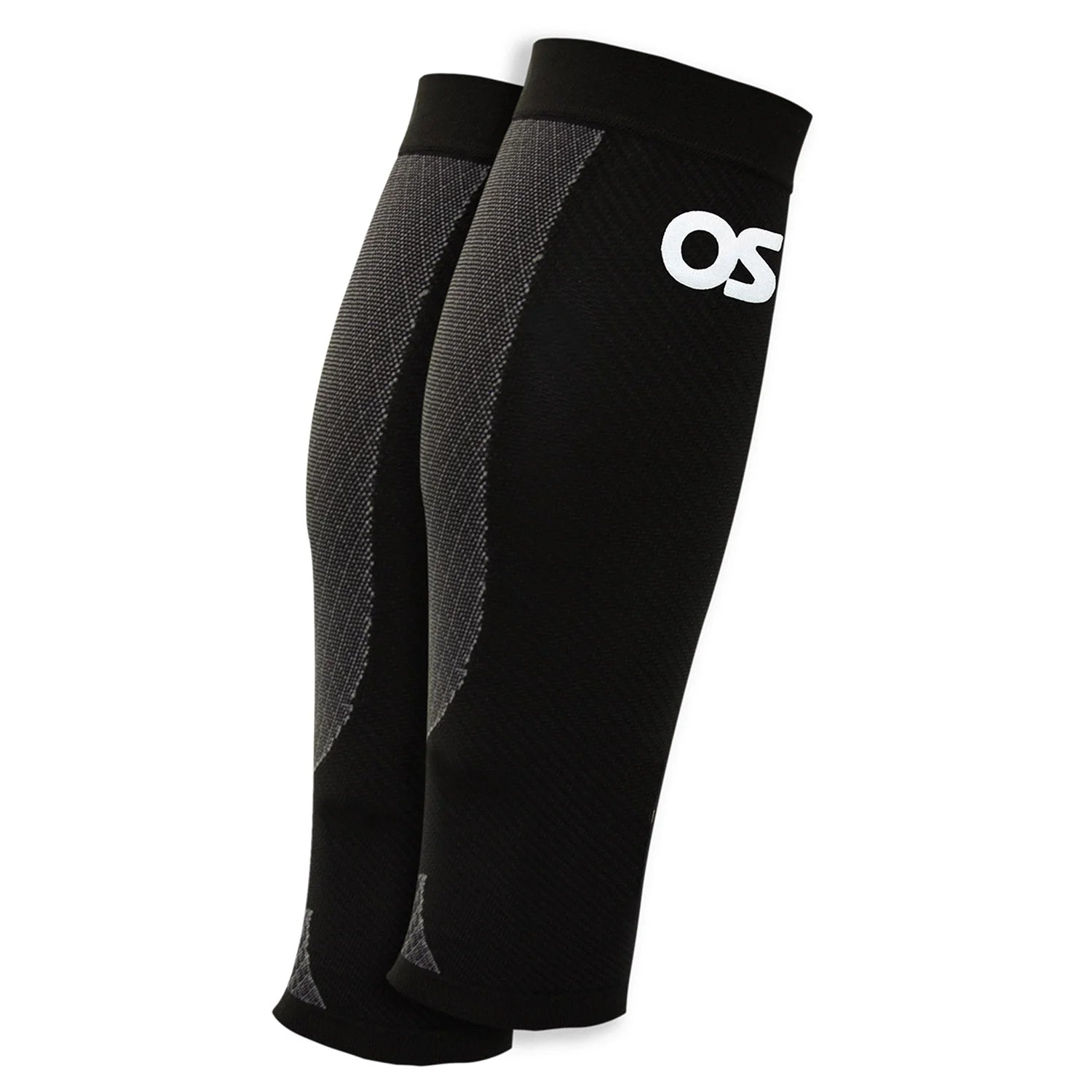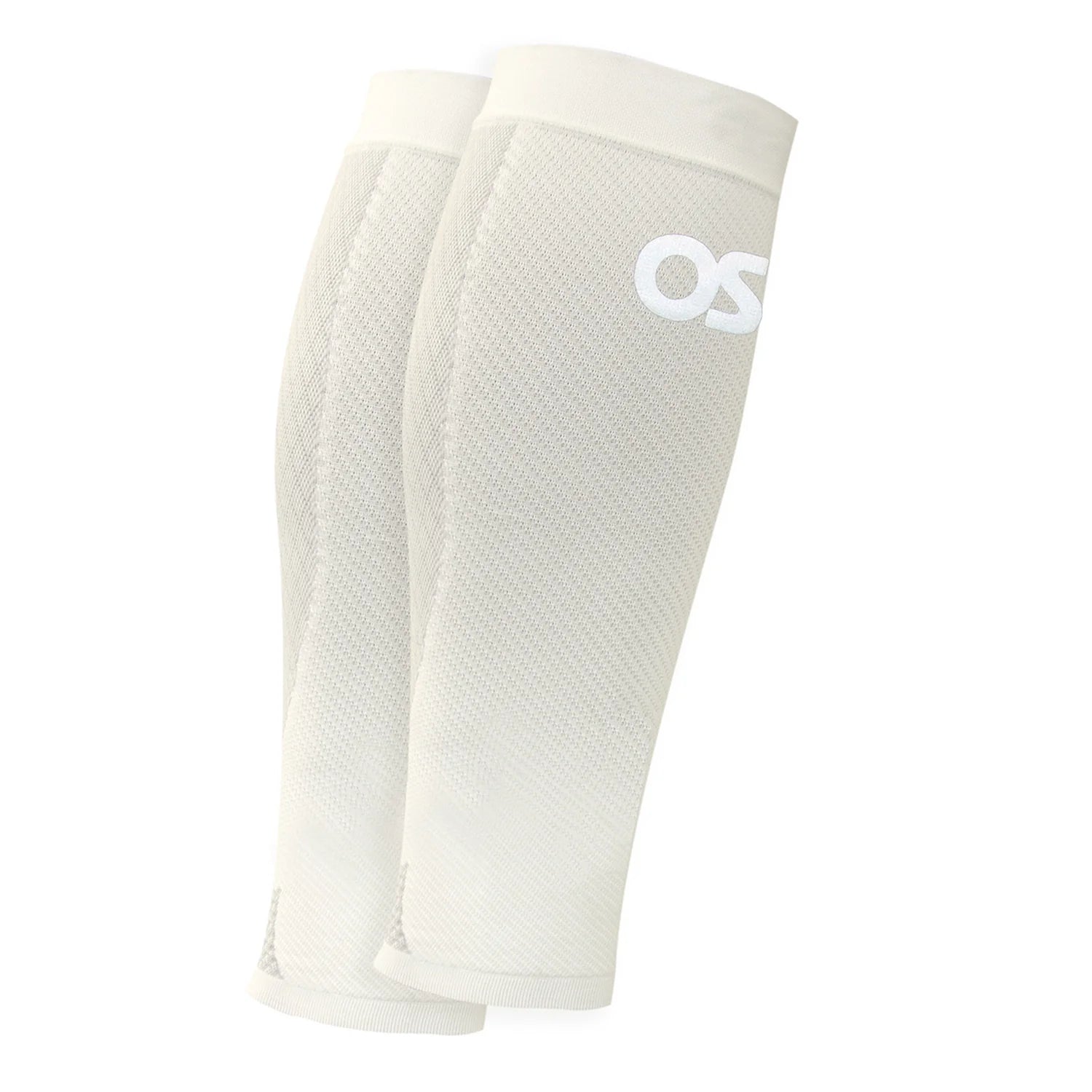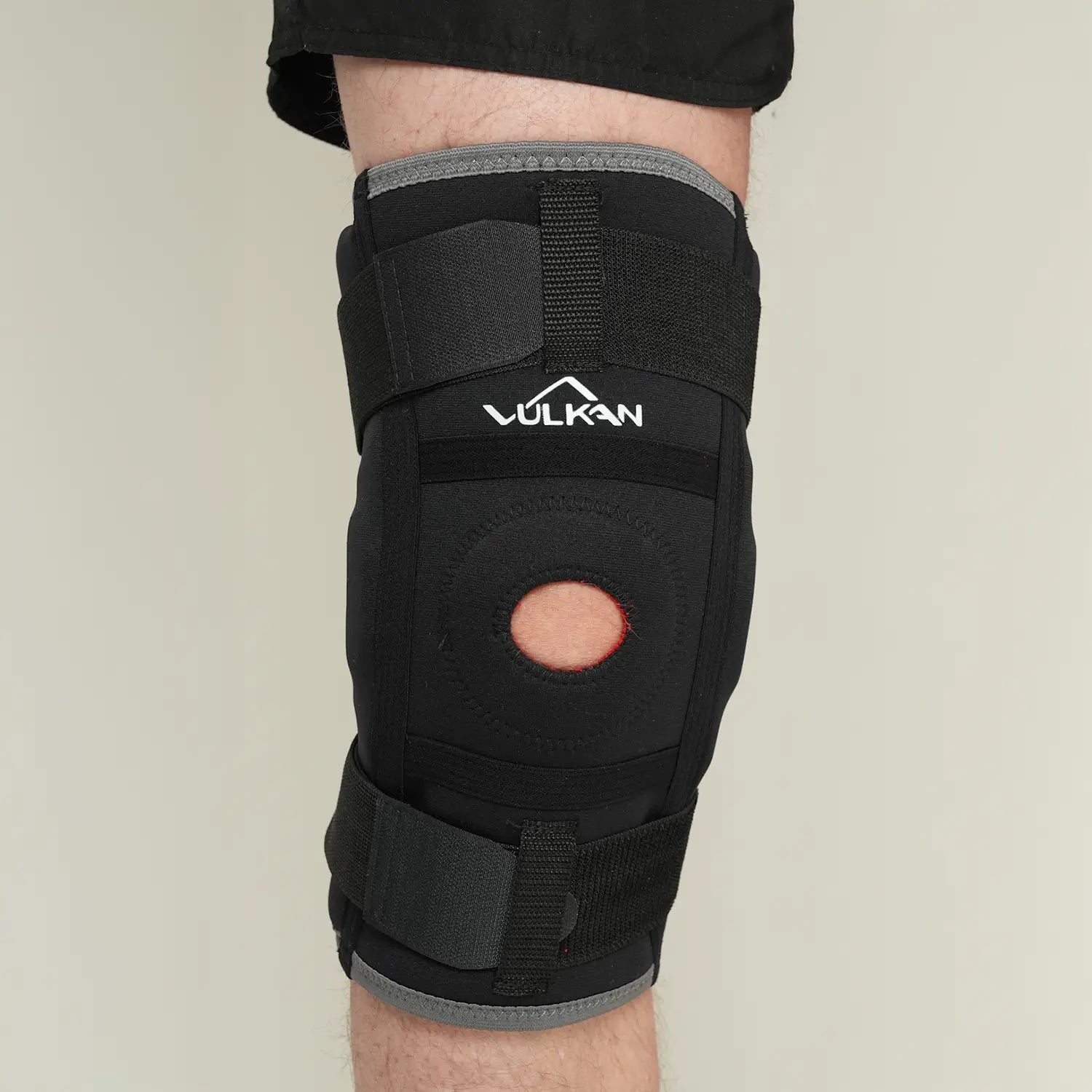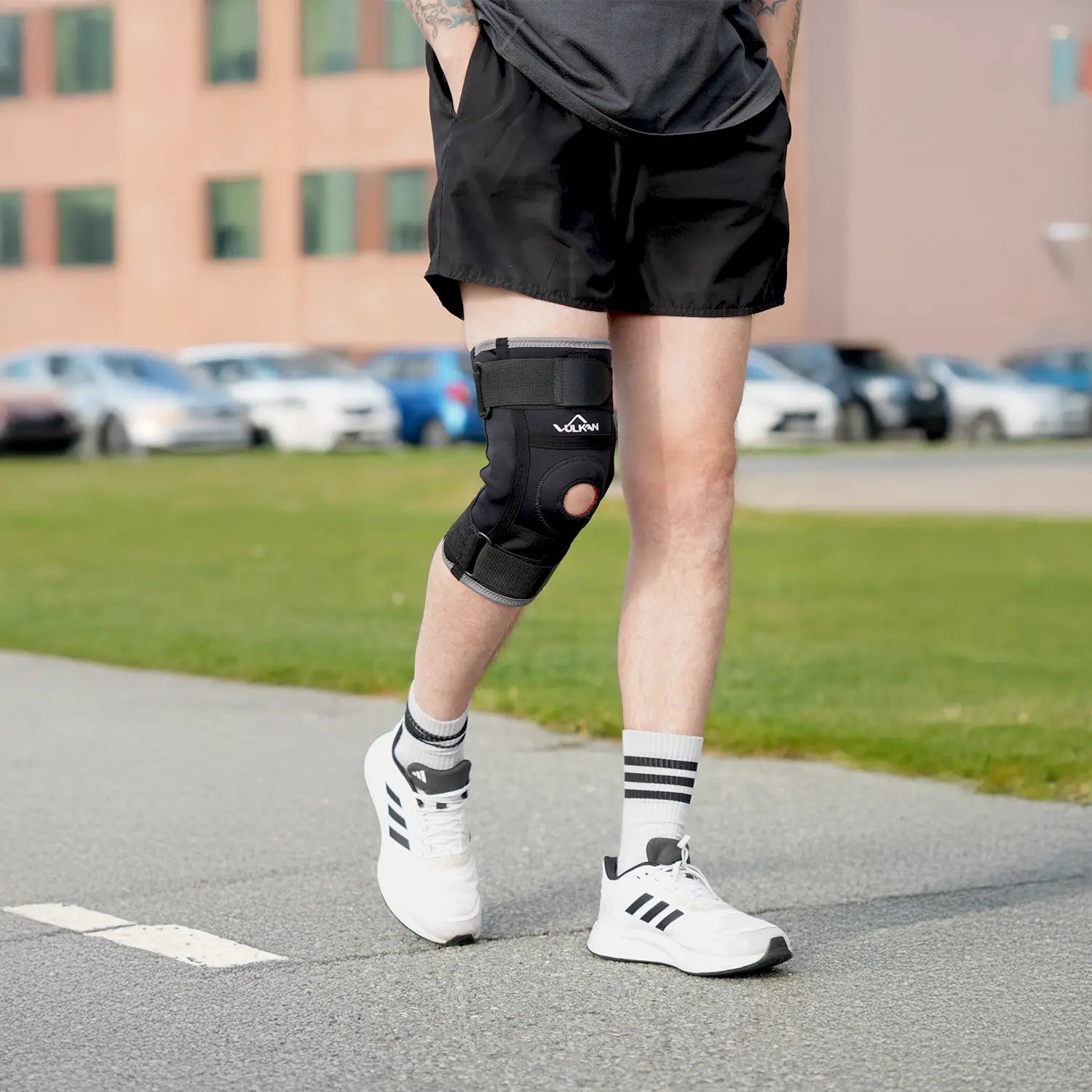
Runner's knee
Content description
Runner's knee is an overuse injury to the tendon on the outside of the knee (the iliotibial band), which is common among runners and cyclists. The injury often occurs when you exercise more than your body is used to, especially when running on hills or uneven terrain. The pain can be sharp and increases with hours of activity such as running – but it often subsides with rest
Symptoms of runner's knee
- Cutting pain on the outside of the knee during or after exercise
- Noticeably increased pain after a while into the session
- The pain subsides after you rest for a few days.
When and where should I seek care?
If the injury does not improve after rest, or if the pain persists despite reducing the load, it is wise to seek medical attention. You can contact a health center, physiotherapist, chiropractor or naprapath.
If you experience severe pain or rapidly increasing discomfort that affects your everyday life, you should call 1177 for an assessment.
Treatment
Treatment for runner's knee often begins with rest and adjusting the amount of exercise to give the body a chance to recover. Avoiding low back pain and reducing running frequency is a good first step. After that, strengthening exercises and stretching are important to build up the supporting muscles around the knee. Stretching the hip and whatnot before and after exercise should help relieve and prevent recurrence.
If you need support during exercise, a compression knee brace can be an effective tool. They help maintain stability and relieve pressure on the problem area.
In case of moderate to severe symptoms, the following may also be relevant:
- Physiotherapy treatment with a naprapath, chiropractor or physiotherapist
- Cortisone injection if the pain is persistent and severe
Surgery is very uncommon for runner's knee and is only considered in extremely rare cases.
What can I do myself?
Gradual increase in training, careful warming up and stretching are often sufficient. Resting for a few days and then changing running patterns, surfaces or intensity can provide rapid improvement. Feel free to combine home exercises with advice from a physiotherapist for better results.
Recommended products
How long does it take to recover?
It often takes 2-8 weeks to recover with proper exercise and rest. This varies depending on the severity of the injury and how well you follow the rehabilitation program. It is also important to avoid reinfection by gradually increasing the load.
Can I continue running with pain?
It is best to reduce the load until the pain goes away, as continued exercise can aggravate the injury. Do lighter activities like cycling and focus on stretching and strength training for better recovery.
Can compression supports help with runner's knee?
Yes, compression supports and special bandages can reduce the overload on the iliotibial band and provide immediate relief during exercise.
When is physiotherapy or naprapath needed?
If the pain does not subside after rest and self-exercise, or in the case of long-term problems, professional treatment with manual therapy and rehabilitation programs is effective in restoring mobility and strength.






